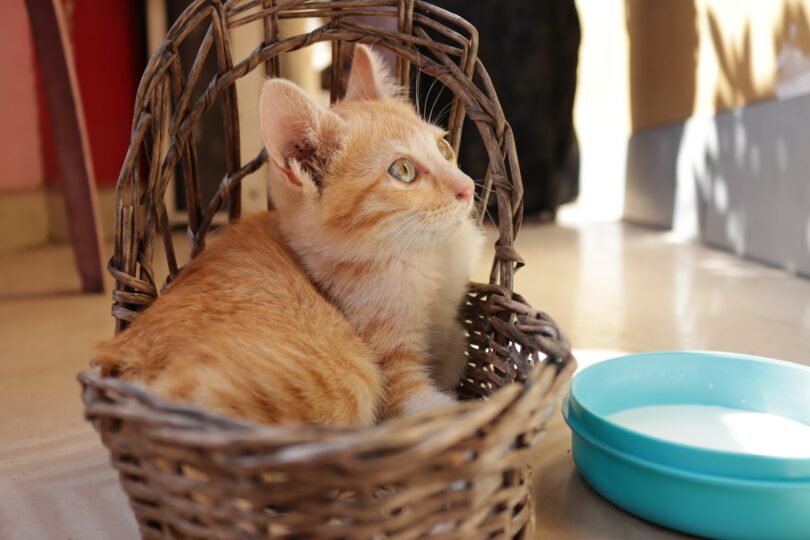Navigating the world of kitten care involves facing various challenges, and one critical concern is Toxic Milk Syndrome. This article explores the causes, signs, and effective treatment of Toxic Milk Syndrome, shedding light on crucial steps to safeguard the health of both mother cats and their kittens.
Causes of Toxic Milk Syndrome:
1. Maternal Breast Infections (Mastitis):
- Mastitis, a breast infection in mother cats, can lead to the milk becoming toxic for their kittens.
2. Contaminated Commercial Milk Replacement:
- Improperly prepared or spoiled commercial milk replacement can also contribute to Toxic Milk Syndrome.
Signs Indicating Toxic Milk Syndrome:
1. Persistent Diarrhea:
- One of the primary indicators of Toxic Milk Syndrome is persistent diarrhea in affected kittens.
2. Excessive Kitten Vocalization:
- Increased vocalization in kittens may signal distress caused by ingesting toxic milk.
3. Bloated Stomach:
- Observing a bloated stomach in kittens could suggest potential gastrointestinal issues associated with Toxic Milk Syndrome.
4. Risk of Septicemia:
- In severe cases, Toxic Milk Syndrome can lead to septicemia, a life-threatening condition resulting from bacterial infections.
Treatment Protocols:
1. Immediate Separation from Mother:
- Swiftly remove kittens from the mother to prevent further ingestion of toxic milk.
2. Urgent Veterinary Attention:
- Seek immediate veterinary consultation, especially if the mother has an infection. Nursing should resume only upon the veterinarian’s approval.
3. Diarrhea and Dehydration Management:
- Address diarrhea and dehydration through veterinary guidance to ensure proper health and hydration.
4. Hand-Feeding:
- Kittens may need to be hand-fed to provide necessary nutrition and support their development.
5. Antibiotics Administration:
- Administer antibiotics, typically through injection, to combat potential infections and expedite recovery.
Prevention and Care:
1. Regular Health Monitoring:
- Consistently monitor the health of mother cats to detect any signs of infection promptly.
2. Proper Milk Replacement Preparation:
- Exercise caution when preparing commercial milk replacement to avoid contamination or spoilage.
3. Maintaining a Hygienic Environment:
- Ensure a clean and hygienic environment to minimize the risk of infections.
Toxic Milk Syndrome is a serious concern that demands immediate attention and care. By understanding its causes, recognizing signs, and following proper treatment protocols, cat owners can take proactive steps to ensure the well-being of both mother cats and their kittens. Stay informed, stay vigilant, and prioritize the health of your feline companions.







